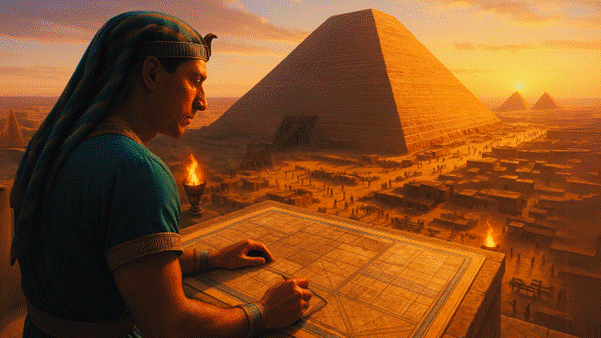Pyramids in Egypt: Tombs or Rather Tools of Power? A New Theory That Shatters Stereotypes
Were the Egyptian pyramids truly just tombs built with eternity in mind? Or did they hold a far more practical meaning?
For centuries, we have been told that the monumental structures of the pharaohs served primarily as their eternal resting places. All other outcomes of their construction—such as the growth of the economy, infrastructure, or social cohesion—were treated as mere side effects of a grand endeavor.
But what if it was the other way around? What if the main purpose of these stone giants was not death, but life—with its everyday challenges and the pressing needs of society in the “here and now”?
A new theory, increasingly breaking through the rigid frameworks of traditional narratives, invites us to rethink the role of the pyramids in Egypt’s history.





